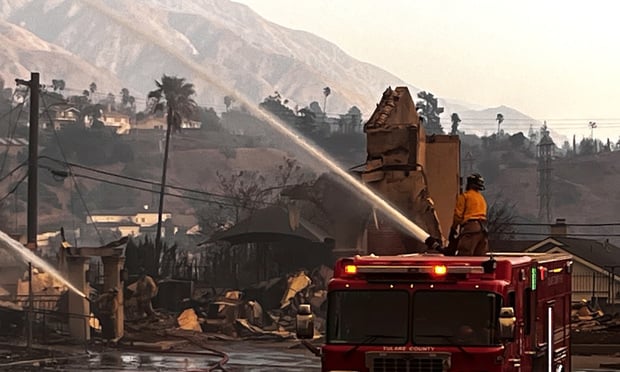
As the market for ethnic-inspired foods and farm-to-table meals continues to grow, many restaurant operators are experimenting with locally sourced products, plant-forward cuisine, and sustainable seafood. But in adapting to meet evolving consumer tastes, restaurants may find it difficult to stay on top of their evolving risks.
Related: 6 keys to adjusting food-related restaurant claims
According to Marsh's 2017 Restaurant Loss Cost Trends Report, nearly one-quarter (24%) of all restaurant workers' compensation claims in 2016 were from cuts, punctures and scrapes. That made them the most frequent source of injury, and represented a substantial increase from 2012, when cuts, punctures and scrapes represented 15% of all workers' compensation claims.
For restaurants, at least some cuts in the workplace are inevitable. But restaurants can take preventive measures to protect staff and reduce the frequency and severity of cut injuries.
Industry shifts
It's a good time to be in the restaurant industry. Restaurant sales in 2017 were projected to reach $800 billion, and the industry is expected to create 1.6 million new jobs by 2027.
But the industry is also facing some significant shifts. To grow and meet customer demands, restaurant employees are handling fresh foods and ingredients like never before. And restaurant footprints and back-of-house layouts have generally not changed as production has ramped up, which has sometimes created cramped environments for employees. Both of these trends are likely contributing to higher cutting injury rates.
Better knife skills
It's vital that you develop a strong workplace safety program that specifically addresses safe cutting practices. Even the most seasoned chefs and butchers can occasionally cut themselves, but most cuts and other knife injuries are experienced by employees with broader job responsibilities — for example, line and prep cooks, bartenders, and dishwashers.
Related: Tips to reduce workers' comp claims in restaurants
With the exception of drivers and others who do not need to handle knives, all employees should be trained on proper knife techniques. Specifically, employees should be trained to:
- Always wear cut gloves when cutting, even if it's only for a few minutes.
- Safely store knives when not in use.
- Safely wash knives.
Restaurant managers and safety personnel should also ensure that knives are regularly sharpened and that enough cut gloves are available — in appropriate sizes — for all employees.
Strategic considerations
Restaurants should also think more broadly. Many restaurants have expanded their menus and increased the volume of food going through their kitchens, which has allowed them to increase sales. But because their layouts haven't changed, there's less counter space and room to slice and dice ingredients.
While changing layouts is not as simple as improving safety training, especially considering long-term lease agreements and the high cost of renovations, it's important that management consider the impact of industry trends on restaurant workplaces.
Think creatively about storage practices, technology, and ergonomics in order to balance opportunities for increased productivity with the need to maintain safe workplaces and keep injury rates down.
Want to continue reading?
Become a Free PropertyCasualty360 Digital Reader
Your access to unlimited PropertyCasualty360 content isn’t changing.
Once you are an ALM digital member, you’ll receive:
- Breaking insurance news and analysis, on-site and via our newsletters and custom alerts
- Weekly Insurance Speak podcast featuring exclusive interviews with industry leaders
- Educational webcasts, white papers, and ebooks from industry thought leaders
- Critical converage of the employee benefits and financial advisory markets on our other ALM sites, BenefitsPRO and ThinkAdvisor
Already have an account? Sign In Now
© 2025 ALM Global, LLC, All Rights Reserved. Request academic re-use from www.copyright.com. All other uses, submit a request to [email protected]. For more information visit Asset & Logo Licensing.








